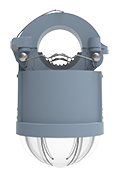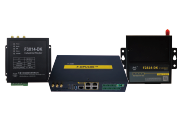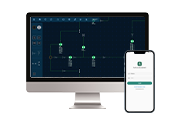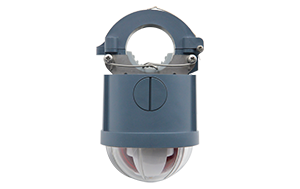Solutions
Smart Fault Indicators In The Rail Transit Industry
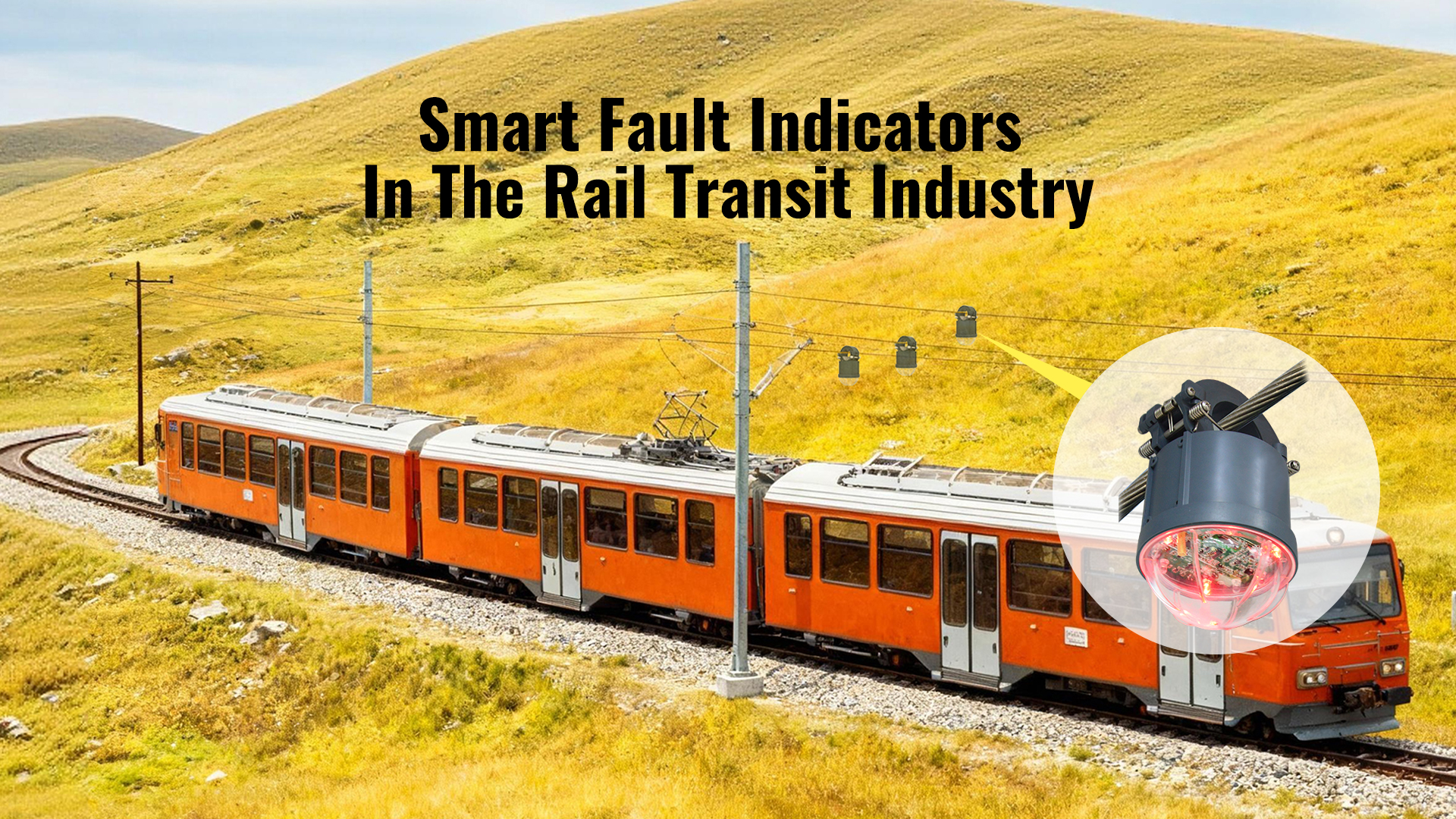
Function highlights
Real-Time Temperature Monitoring – Continuously monitors contact line temperature to identify potential faults early.
Accurate Fault Detection – Quickly locates faults within minutes, reducing train downtime and service disruption.
Safety Early Warning – Detects abnormal temperature rise to prevent pantograph-catenary accidents.
Data-Driven Management – Provides accurate data for asset health analysis and lean asset management.
Reduced Manual Inspection – Minimizes on-site patrols and high-risk manual inspections.
Overview
Background
Customer Information
Client Name: Chinese Railway Company
Industry: Operation and maintenance of railway overhead lines Network
Scale: Railway overhead contact lines stretch for hundreds to thousands of kilometers, with average fault location taking 2-4 hours or even longer. A significant proportion of faults are transient, caused by pantograph wear, short circuits due to foreign objects (such as plastic bags orbird nests), or momentary flashover of insulators. Traditional protection systems restore power after the fault disappears, but lack records of the fault process, making it difficult to pinpoint the root cause.
Existing operation and maintenance model:
Fault location: During a fault, the system relies on substation tripping information and manual inspection or sectional testing. Troubleshooting by electricity takes a long time on average.
Human resources: To ensure line safety, a large number of inspection teams are required to conduct periodic inspections. These personnel are constantly traveling along the railway line , which is inefficient and exposes them to multiple risks, including traffic safety, wildlife, and extreme weather.
Data loss: Due to the lack of effective online monitoring methods, the dispatching center has no knowledge of key operating parameters such as line load current and temperature, making it impossible to predict overload risks. Operation and maintenance decisions rely entirely on experience.
Economic and reputational losses: Although frequent tripping and successful reclosing did not cause long power outages, they seriously interfered with dispatching and command, reduced railway operation efficiency, and could develop into permanent failures.
Solution introduction
Four - Faith Smart Fault Indicator Solution :
Product Name: JYZ-HW Smart Fault Indicator
Core function description :
1) Precise isolation and indication of faulty sections:
• It detects short-circuit faults in milliseconds and automatically alarms and accurately locates the fault range (such as X kilometers between station A and station B) on the main interface of the operation and maintenance platform within 1 minute through wireless networking.
• The dispatcher can immediately notify the patrol personnel to rush to the fault point, reducing the fault search time from hours to minutes, and minimizing the downtime.
2) Fault type identification and working condition judgment:
• Effectively identify transient faults and permanent faults to avoid unnecessary power outages.
• Record the successful reclosing process to provide data for line health analysis and reduce unplanned power outages at the source
3) Online temperature measurement and load monitoring:
• Real-time monitoring of the temperature of key points such as clamps and connectors, providing early warning of abnormal overheating, and enabling predictive maintenance.
• Continuously record load current, analyze train current draw characteristics, provide early warning of overload risks, and assess the health status of power supply equipment.
Deployment plan:
Installation without power outage: The live loading and unloading design is adopted without affecting the normal power supply.
High reliability design: It has shockproof, moisture-proof and corrosion-proof properties, and can adapt to the harsh environment along the railway line.
SCADA access: supports IEC 60870-5-101/104, DNP3, Modbus and other standard protocols, which can be quickly connected to the customer's existing SCADA system or connected to the Four-Faith micro SCADA system for real-time monitoring
Feature and Benefit
Economic benefits:
1) It greatly reduced the loss of railway operating revenue and huge compensation payments caused by train interruptions.
2) Reduce the cost of manual inspections and emergency repairs.
3) Extend the service life of contact network equipment and achieve lean asset management .
Safety benefits:
1) Temperature warnings can help detect potential problems with the overhead contact line in advance, effectively prevent pantograph-catenary accidents, and ensure safe train operation.
2) Reduce the safety risks of manual boarding and emergency inspections during vehicle-free operation .
Efficiency and benefits:
1) The average fault location time has been reduced from hours to minutes, significantly reducing train downtime and improving line throughput.
2) Shift from "planned maintenance" to "condition-based maintenance" to optimize the allocation of maintenance resources and improve the utilization efficiency of vehicle-free service windows .



